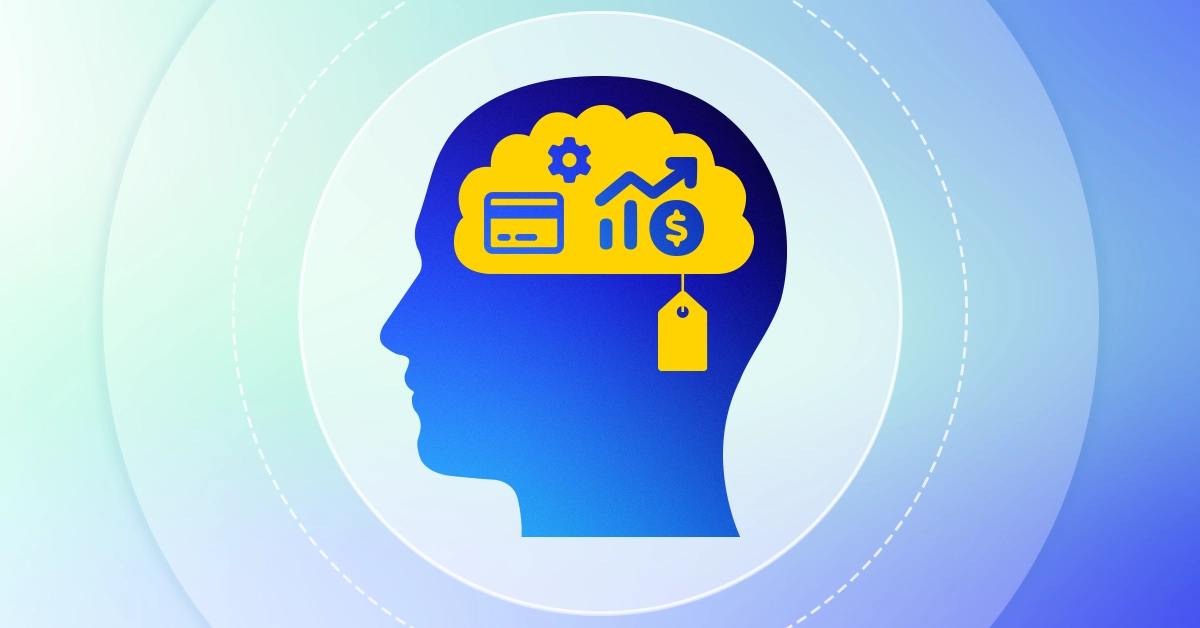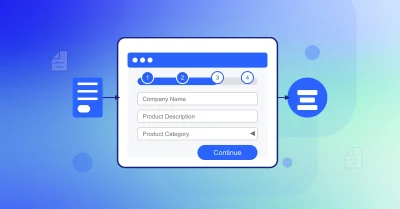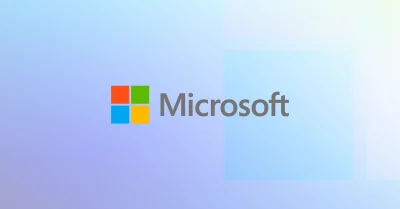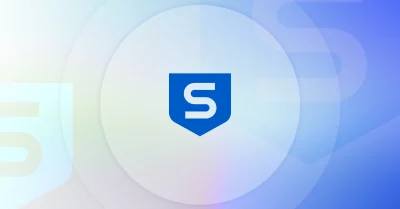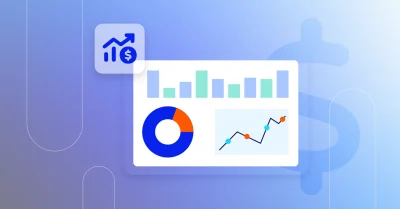What is Psychological Pricing?
Psychological pricing has become an essential strategy for subscription-based businesses, particularly in the SaaS (Software as a Service) industry. By leveraging human cognitive biases and tendencies, companies can craft pricing structures that subtly guide consumers toward making purchasing decisions in their favor. Understanding these psychological principles can help businesses set prices that maximize revenue, enhance perceived value, and improve customer acquisition.
In this article, we’ll delve into key psychological pricing strategies, how they influence consumer behavior, and their impact on subscription software sales.
Psychological Pricing Strategies
1. Charm Pricing
Charm pricing involves setting prices just below a whole number—typically ending in 9. For example, $49.99 instead of $50. Although the difference is minimal, it can have a significant psychological impact. Consumers tend to perceive a price like $49.99 as closer to $40 than $50, making the product seem cheaper than it is. This tactic leverages the left-digit effect, where buyers focus more on the first digit of a price rather than the overall value.
A key element within charm pricing is the concept of magic numbers—specific price points like $9.99 or $99. These numbers are considered “magic” because they consistently trigger positive responses in consumers, making products appear more affordable and increasing the likelihood of purchase.
In the SaaS industry, charm pricing and magic numbers work particularly well for subscription tiers. A monthly fee of $19.99, for instance, feels more affordable than $20. Over time, this perceived discount can result in higher conversion rates as prospects are more likely to sign up when they feel they’re getting a deal.
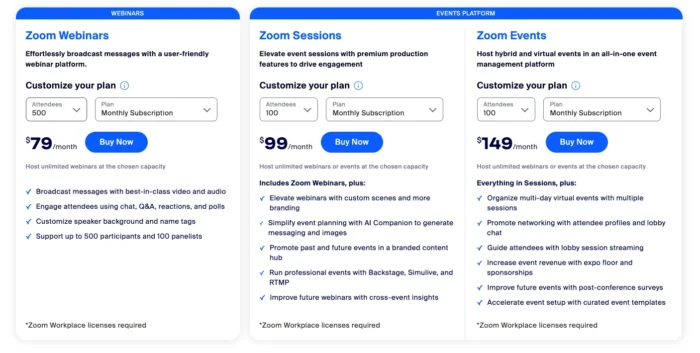
2. Odd-Even Pricing
Odd-even pricing is another strategy that involves pricing products with either odd or even numbers to evoke specific emotions or perceptions. For example, odd numbers (like $49.95 or $99.95) tend to be associated with discounts and bargains, while even numbers (like $50 or $100) are perceived as representing higher quality or luxury (known as prestige pricing).
For SaaS providers, odd pricing works well for entry-level plans or limited-time offers, where the goal is to appear budget-friendly. On the other hand, even pricing might be more suitable for premium packages or enterprise-level solutions, where the perceived value is tied to the prestige and comprehensiveness of the offering.

3. Price Anchoring
Price anchoring is the practice of presenting an initial high price (the anchor) to make subsequent options seem like better deals. When consumers see an expensive option first, more reasonably priced options appear more attractive in comparison.
In subscription software sales, this technique is often employed by displaying an ultra-premium plan alongside more affordable tiers. For instance, a SaaS platform might offer three pricing tiers: Basic ($29), Professional ($79), and Enterprise ($249). While most users wouldn’t consider the Enterprise option, its presence makes the Professional tier seem more valuable and affordable, nudging users toward that mid-tier choice.
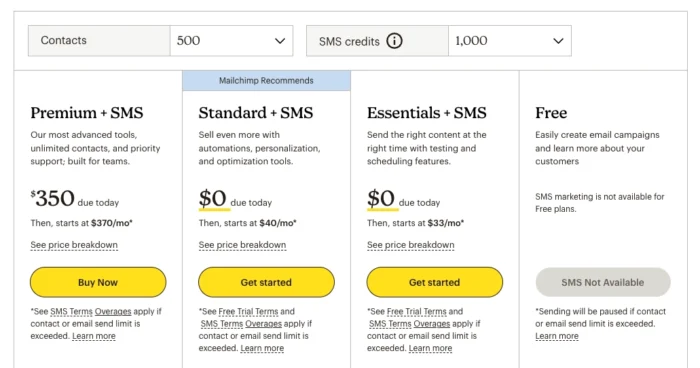
4. Bundle Pricing
Bundle pricing involves offering multiple products or services together at a single, discounted price compared to purchasing each item separately. This strategy appeals to consumers’ desire for deals and convenience. By packaging software features or services into bundles, companies can increase perceived value while driving more revenue.
In SaaS, bundle pricing can be applied by offering additional features, integrations, or services at a discounted rate when bundled with a core subscription. For example, a company might offer a marketing automation tool, CRM (Customer Relationship Management) system, and customer support software as part of a unified subscription package at a lower price than if purchased individually. Bundle pricing also encourages users to commit to higher-value plans, leading to increased customer lifetime value (CLTV).
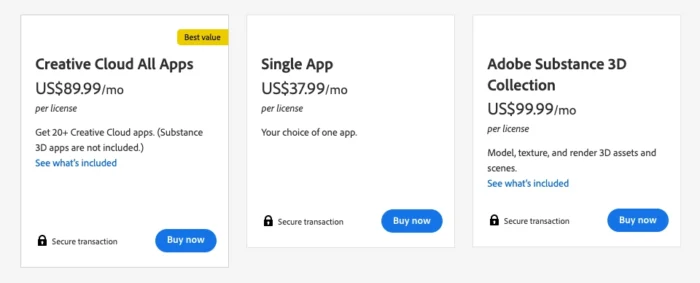
5. Decoy Pricing
Decoy pricing involves introducing a third option that is strategically designed to steer customers toward a more profitable choice. The decoy, which is usually overpriced or offers poor value, makes another option appear more attractive by comparison.
For example, a SaaS provider might offer three subscription plans: Basic for $29/month, Professional for $79/month, and Premium for $99/month. The Professional plan may offer more value than the Basic plan, but the small price difference between the Professional and Premium options makes the Premium plan seem like a better deal. The decoy (Professional plan) is intended to drive customers to choose the more lucrative Premium plan.
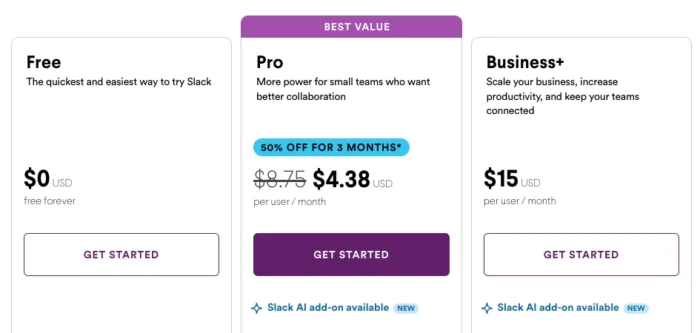
6. Innumeracy
Innumeracy refers to consumers’ difficulty processing numerical information, which can be exploited through favorable pricing strategies but are not as advantageous as they appear. For instance, offering a 10% discount on an annual subscription might sound appealing, but users often fail to realize that the savings are minimal compared to monthly payments.
SaaS companies frequently use innumeracy to frame their pricing plans. Offering a high percentage discount (like 25% off) on yearly subscriptions is a common approach. Even though customers save more in the long run, the psychological appeal of getting a “discount” convinces them to commit upfront. Additionally, SaaS providers might highlight complex pricing metrics (e.g., price per seat per month) that obscure true costs, making customers feel they’re getting a better deal than they are.
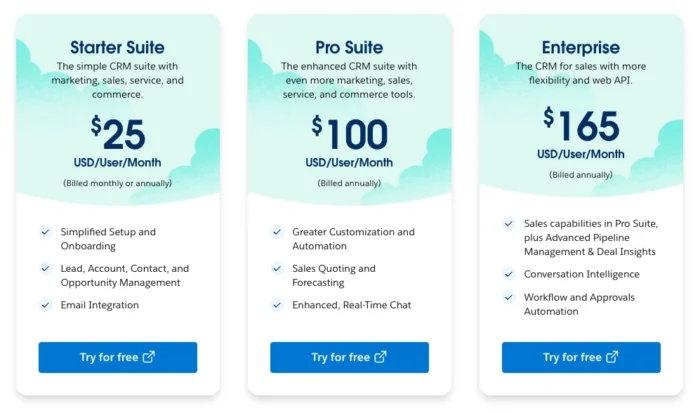
7. Skim Pricing
Skim pricing (also known as High-Low Pricing or Skimming) involves setting a high initial price for a new product or service, and then gradually lowering the price over time. This strategy capitalizes on early adopters who are willing to pay a premium for exclusive access, followed by price-sensitive customers who enter as the price drops.
In SaaS, skim pricing is commonly seen during the launch phase of innovative solutions. Companies start with high pricing for users who want to be the first to leverage the latest technology. As the product matures, and competitors emerge, the price is reduced to attract a broader audience. Skim pricing allows businesses to maximize revenue during different product lifecycle stages while capturing both premium and cost-sensitive market segments.
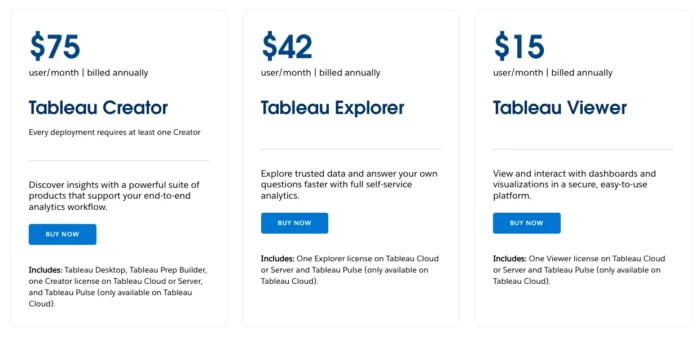
8. Center-Stage Effect
The center-stage effect is a cognitive bias where consumers are more likely to choose the middle option in a lineup of three or more choices. This tendency is particularly effective when combined with price anchoring and decoy pricing.
In subscription software, SaaS providers often position their most profitable plan in the center of a pricing table. For example, a company may display a Basic, Standard, and Premium plan, with the Standard plan featured prominently in the middle. By visually emphasizing the center plan and balancing its price and features, companies can subtly nudge customers toward this option, increasing average revenue per user (ARPU).
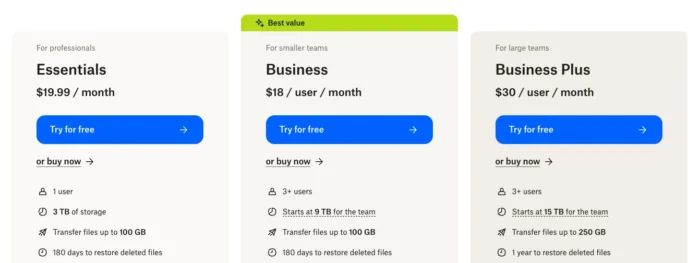
How Psychological Pricing Influences Consumer Behavior
Psychological pricing strategies are based on the understanding that human decision-making is often irrational and influenced by subtle cues. By aligning pricing models with cognitive biases, businesses can influence customer behavior in several key ways:
- Perceived Value: The way a price is presented can significantly affect how consumers perceive value. Techniques like charm pricing and price anchoring can make a product seem more affordable or of higher value, which encourages buyers to opt in.
- Decision Simplicity: People prefer simplicity when making decisions, and psychological pricing can guide them toward making quick choices without extensive deliberation. Decoy pricing, for instance, narrows down options, making the “right” choice more obvious.
- Commitment and Loyalty: Discounts for long-term commitments, such as annual plans with upfront payments, appeal to the consumer’s sense of getting a good deal, thereby driving customer loyalty and reducing churn.
- Price Sensitivity Reduction: By presenting pricing in a psychologically appealing way, businesses can reduce price sensitivity and make customers more comfortable with higher prices. Techniques like odd-even pricing and innumeracy leverage subtle cues that make prices feel less daunting.
Implementing Effective Psychological Pricing Techniques
For SaaS businesses, implementing psychological pricing requires a deep understanding of both your target market and your product’s value proposition. Here are steps to effectively apply these strategies:
- Understand Your Audience: Different pricing strategies resonate with different customer segments. Early adopters may respond well to skim pricing, while budget-conscious customers might be drawn to charm pricing or bundle deals.
- A/B Test Pricing Models: Regular testing is key to finding the right pricing strategy. A/B testing different pricing options can reveal which strategies result in higher conversions, longer subscriptions, and better CLTV.
- Highlight Value Proposition: Pricing should always reflect the value your product offers. When implementing psychological pricing, ensure that the benefits of your product are communicated clearly, so customers feel the price is justified.
- Offer Tiered Pricing: Tiered pricing is effective in SaaS because it gives customers options while allowing you to use techniques like price anchoring, decoy pricing, and the center-stage effect. Present the tier that aligns with your business goals as the most attractive and beneficial.
- Monitor Competitor Pricing: Psychological pricing is relative. Knowing how your competitors position their pricing can help you craft strategies that stand out, either by undercutting their prices or offering superior value at similar price points.
- Use Subscription Discounts Wisely: Offering discounts for longer commitments or early payments can drive higher customer retention and immediate revenue. Just be sure to balance discounts so that they don’t erode long-term profitability.
The Impact of Pricing Psychology on Subscription Software Sales
The SaaS business model thrives on customer retention, recurring revenue, and scalable growth. Pricing psychology plays a critical role in achieving these objectives by:
- Increasing Conversions: Effective pricing strategies lower barriers to entry, making it easier for prospects to convert into paying customers. Charm pricing, innumeracy, and decoy options are particularly useful in boosting initial sales.
- Maximizing Revenue: Price anchoring, tiered pricing, and bundle offers can drive higher average order values. When customers perceive a higher-tier plan as providing more value for a small incremental cost, they’re more likely to opt for it.
- Improving Customer Lifetime Value: Discounts for long-term commitments, such as annual billing, reduce churn and increase CLTV. By framing these discounts as significant savings, companies can lock in customers for longer periods.
- Enhancing Brand Perception: Consistently applying psychological pricing strategies can elevate a brand’s perceived value, positioning it as either premium or budget-friendly, depending on the goals. This perception directly influences buying behavior and long-term brand loyalty.
CloudBlue: Tailored Pricing Strategies

Final Thoughts
Psychological pricing is more than just a set of tactics—it’s a nuanced art that requires careful consideration of human behavior and market dynamics. In the competitive world of SaaS, where every conversion counts and customer retention is key, understanding and applying these strategies can make a significant difference in your business’s success. By tapping into the cognitive biases that drive purchasing decisions, SaaS companies can optimize pricing models, maximize revenue, and create lasting customer relationships.
Through charm pricing, decoy options, bundling, and other psychological strategies, SaaS providers can gain a competitive edge in the crowded marketplace. The key lies in testing, refining, and constantly adapting your pricing approach to meet evolving customer preferences while aligning with your business objectives.
With these insights into psychological pricing, SaaS companies are better equipped to not just set prices, but to strategically position their offerings for maximum impact.







